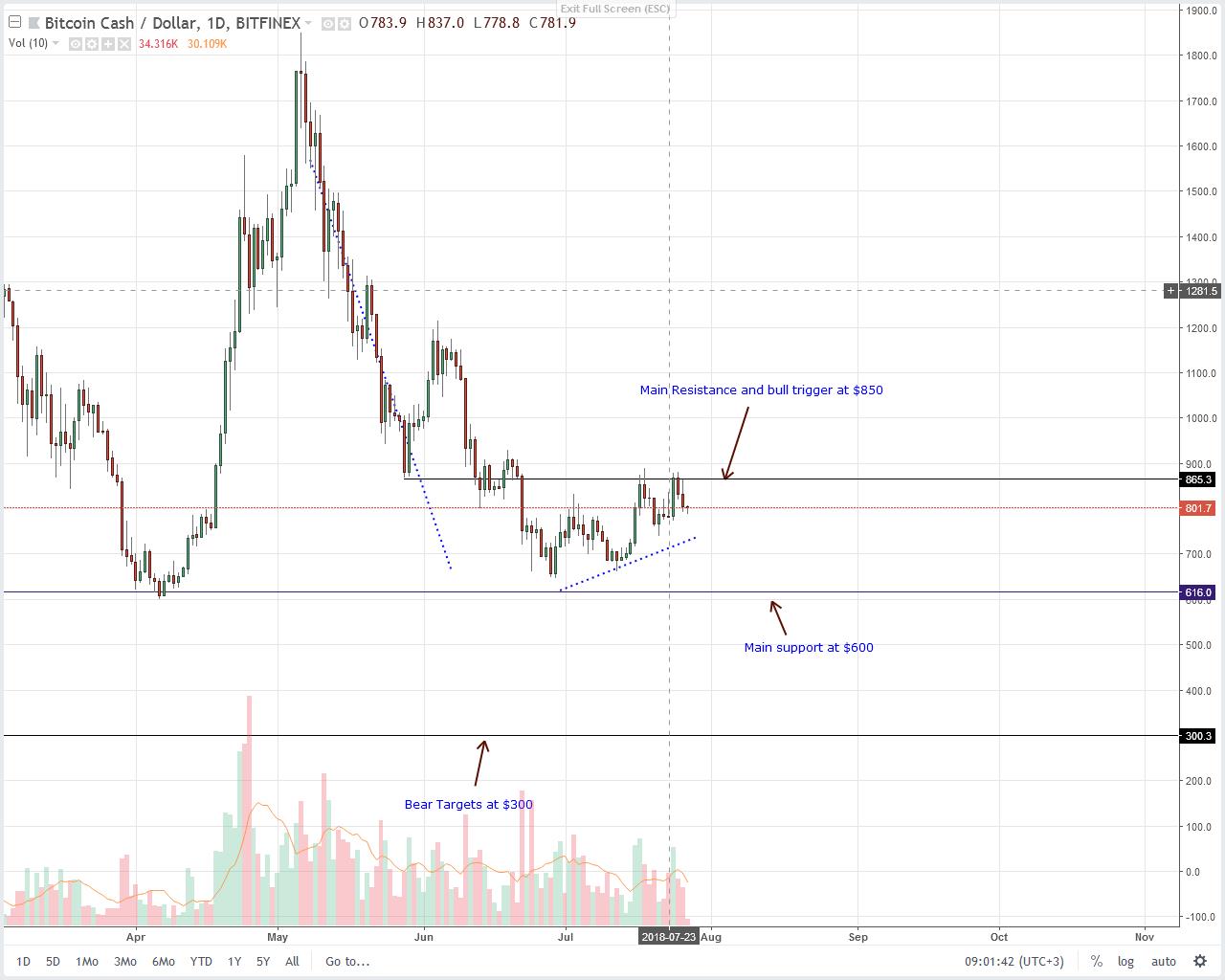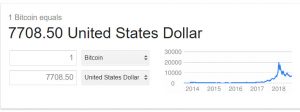2020-4-2 20:45 |
So, Bitcoin ended the quarter first of 2020 with losses of more than 10%, keeping up with the red quarters since mid-2019.
These losses have been the result of the crypto asset falling along with all other assets due to the COVID-19 pandemic and the global economic turmoil. The exception to this downturn has been long-maturity Treasury bonds, registering 23% quarterly return, which benefited from the decrease in long-term yields and expansionary monetary policies.
In the crypto space, a few of the digital assets still displayed positive quarterly gains. Due to idiosyncratic factors, the crypto assets like Chainlink (LINK), Tezos (XTZ), and Bitcoin SV (BSV). The low correlation of these cryptocurrencies with others could be because of the different timing for their respective price gains.
Quarterly returns in Q1 2020 for large-cap cryptocurrencies, Source: BinanceWhile Bitcoin was down 10% in 1Q20, the S&P 500 was hit much harder, recording negative 19% returns. This resulted in the correlation between bitcoin and stocks climbing to a high of 0.57.
“Despite Bitcoin displaying a significant positive correlation with US equities in the first quarter of 2020, this high correlation coefficient remains very unlikely to persist in the medium to long term,” states Binance in its latest report.
Meanwhile, BTC had no relationship with gold over these past three months. The price of precious metal rose 8% in the second half of March while Bitcoin dropped heavily in mid-March.
“Hard money wins, always”This drop in price also saw the hash rate going from 123.29 ETH/S on March 7th to 94.16 EH/S on March 21st. This decline “corresponds to a drop of 23.6%, and was the largest drop over a two week period in history,” stated analyst Ceteris Paribus.
However, it wasn’t the largest “peak-to-trough in a year,” as in 2018 during the crypto winter, the hash rate dropped from 54.76 EH/s on October 1st to 34.84 EH/s on December 13th, recording a fall of 36.4% over a two and a half months period.
The mining difficulty which is based on the network hash rate and ensures miners continue to find new blocks every 10 minutes, also recorded its second-largest drop.
As we reported, a recent sudden crash in BTC price had the miners operating at a loss, this drop indicated that miners removed resources committed to mine Bitcoin.
This drop meanwhile came just around the halving, a scenario seen during the past halving as well.
Now, there are just 42 days left for the big event that will see miner flow halving from 1800 to 900 BTC per day. Also, the scarcity (stock-to-flow) will double from 27 to 54 years.
With this halving, Bitcoin S2F will reach close to gold’s level and as history has shown, “hard money wins, always.”
As we reported, the higher the SF, the higher the value of the asset and the next halving in 2024 will push Bitcoin even harder, the SF value of the world’s leading cryptocurrency will shoot past 100.
Source: @100trillionUSD – PlanB“Both bitcoin S2F cross asset model (based on gold, silver etc) and S2F time series model (historical price path) point to $1T+ BTC market cap in 2020-2024 (red circle, where orange and blue line overlap). $1T+ market cap translates into $55k+ BTC price,” said PlanB.
Bitcoin (BTC) Live Price 1 BTC/USD =$6,660.5107 change ~ 5.41%Coin Market Cap
$121.89 Billion24 Hour Volume
$8.62 Billion24 Hour VWAP
$6.47 K24 Hour Change
$360.1310 var single_widget_subscription = single_widget_subscription || []; single_widget_subscription.push("5~CCCAGG~BTC~USD"); origin »Bitcoin (BTC) на Currencies.ru
|
|




















